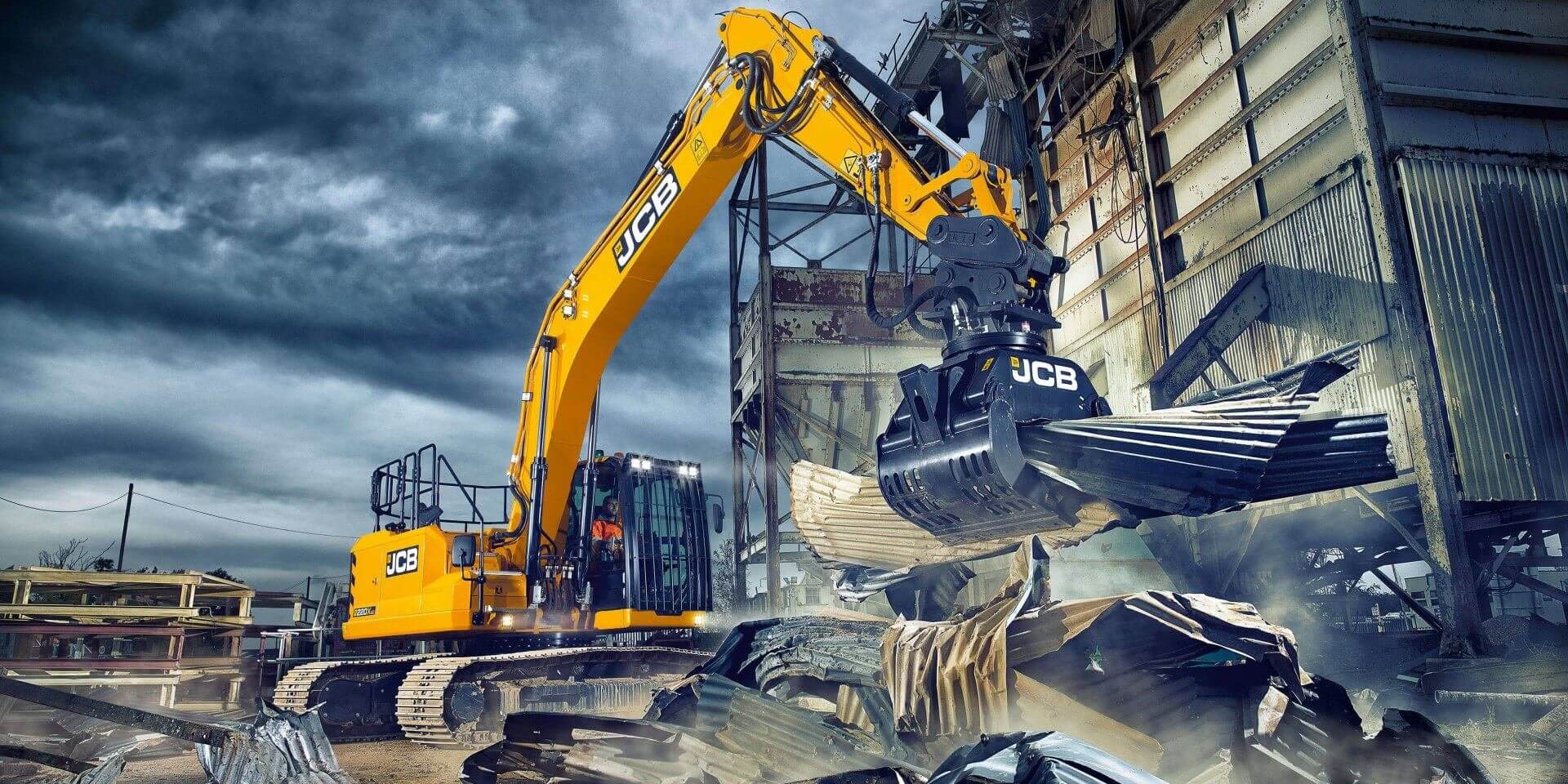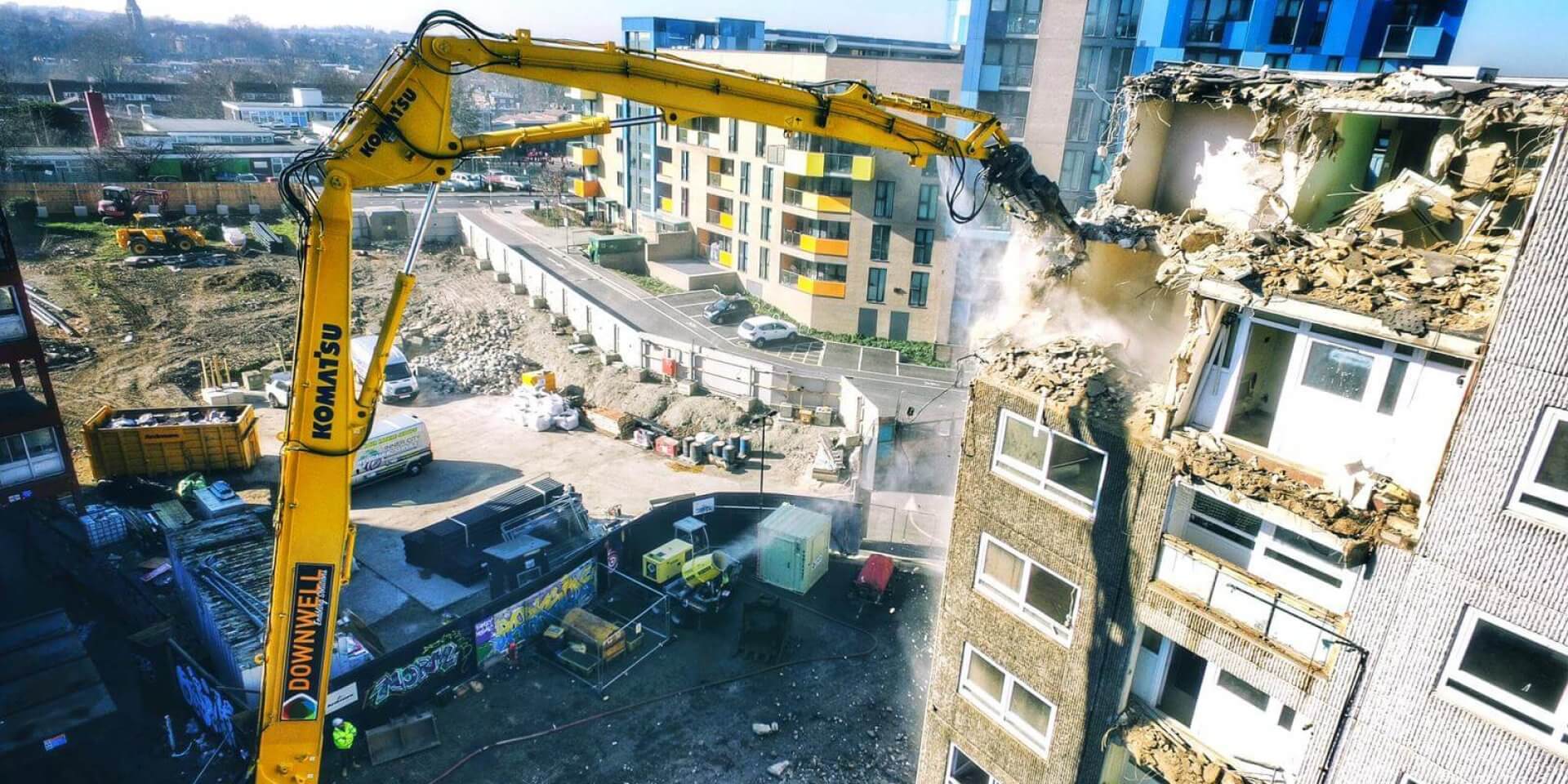Demolition News has been granted an exclusive interview with EDA president, Yves Canessa.

You have now been EDA president for more than a year. What do you think you have brought to the job?
Each president brings their own personal touch when trying to respect the idea that is the EDA. The task is immense and the time goes by so quickly. I simply try to bring the EDA to life through the research of new ideas that could permanently establish the association’s position and make it more attractive and representative.
What do you believe has been your greatest achievement as EDA president?
I am half-way through my time in office, the Bureau has approved a partnership with the D&Ri magazine for the organisation of an industry awards night. We are also working towards the future with groups of researchers looking into community schemes concerning the improvement of demolition methods. Success doesn’t exist in this type of work. You must simply have an ideal and convince our members of it so that they can continue in the vein that you believe to be correct, and to show them that they are right to be members of the EDA.
Even though the delegate numbers were down, the EDA seminars in Istanbul and Nice were a great success and the association now seems stronger. To what do you attribute this?
Indeed, there are several reasons for this.
• Firstly due to ensuring the loyalty of a certain number of members who enjoy meeting up twice a year to discuss their passions and their problems.
• Also as a result of Europe becoming increasingly political we are slowly but surely becoming aware that the daily trials and tribulations that we experience in our respective countries are exactly the same as those experienced in other countries and that it would surely be a good idea to show Brussels that we exist and that we are a force to be reckoned with.
• Finally our new secretariat is far more involved than before in communicating with national associations, companies and suppliers. This is a major asset to our development.
The new secretariat seems to have given the association a greater degree of stability. What are your plans for the future of the association?
I would like it if they were in a position to have real exchanges with the secretariats of national associations and if, once a year, a meeting between all of the national secretaries could take place. This would allow the EDA to be more involved in each country and for each country to be more involved in the EDA, and would, without a doubt, enable other members to get to know our association a bit better. We have to work hard with communication. The language barrier is a major concern, but it shouldn’t be an excuse for us.
Although the German and Dutch federations are still not back on board, the EDA has enjoyed an expansion with new members/delegates from Belarus, Russia, Poland and Turkey. Are these the future of the association or are you still hopeful of attracting the Germans and Dutch back again?
Holland is part of the EDA! The Germans on the other hand were one of the founding nations of the EDA, but for their own reasons they preferred to leave our association. I couldn’t possibly comment on whether or not we hope to have Germany back in the EDA. We must continue on our own path and keep focused on the future; we must concentrate on the members that we have, appreciative them and show that the EDA is capable of satisfying their current members and attracting new members. After that, everything else will take care of itself!
With regards to the countries that you mentioned, it is evident that we should continue to promote the EDA in all areas of the European community and ensure the loyalty of the new arrivals.
During your inaugural speech, you mentioned that you wanted to encourage younger members. Stefano Panseri and William Sinclair are already making huge contributions – Are there more to come?
Stefano and William do an immense amount of work, and I thank them. We need many more but I am reassured because I see new members at each conference. All of the national associations should be convinced of the EDA’s interest. We need to meet with them one by one. Its then and then only that young people will feel motivated to work with us. Also, we shouldn’t forget the “not-so-young” either, who must “pass the torch” of their knowledge on to others.
2009 is set to be a big year for the EDA with its involvement in the Demolition Awards. Is this the year that the EDA regains its former glory?
Why regain its former glory ; did we lose it? Seriously though, the EDA has been through a transition period, times of economic crisis, organisational changes, but this is also what we go through with our companies all the time. Despite all of that our capabilities remain intact and my role as president is to find solutions to correctly apply these capabilities. The EDA should be present wherever demolition is being spoken about. This is my, our challenge.
If you could be president of the European Union for a single day, what one thing would you change for the better of the demolition industry?
I think that I would try the standardise the different national regulations so that the so-called free movement of companies through the European Union is actually possible, and at the same price for everyone and not just one-way which is so often the case.








